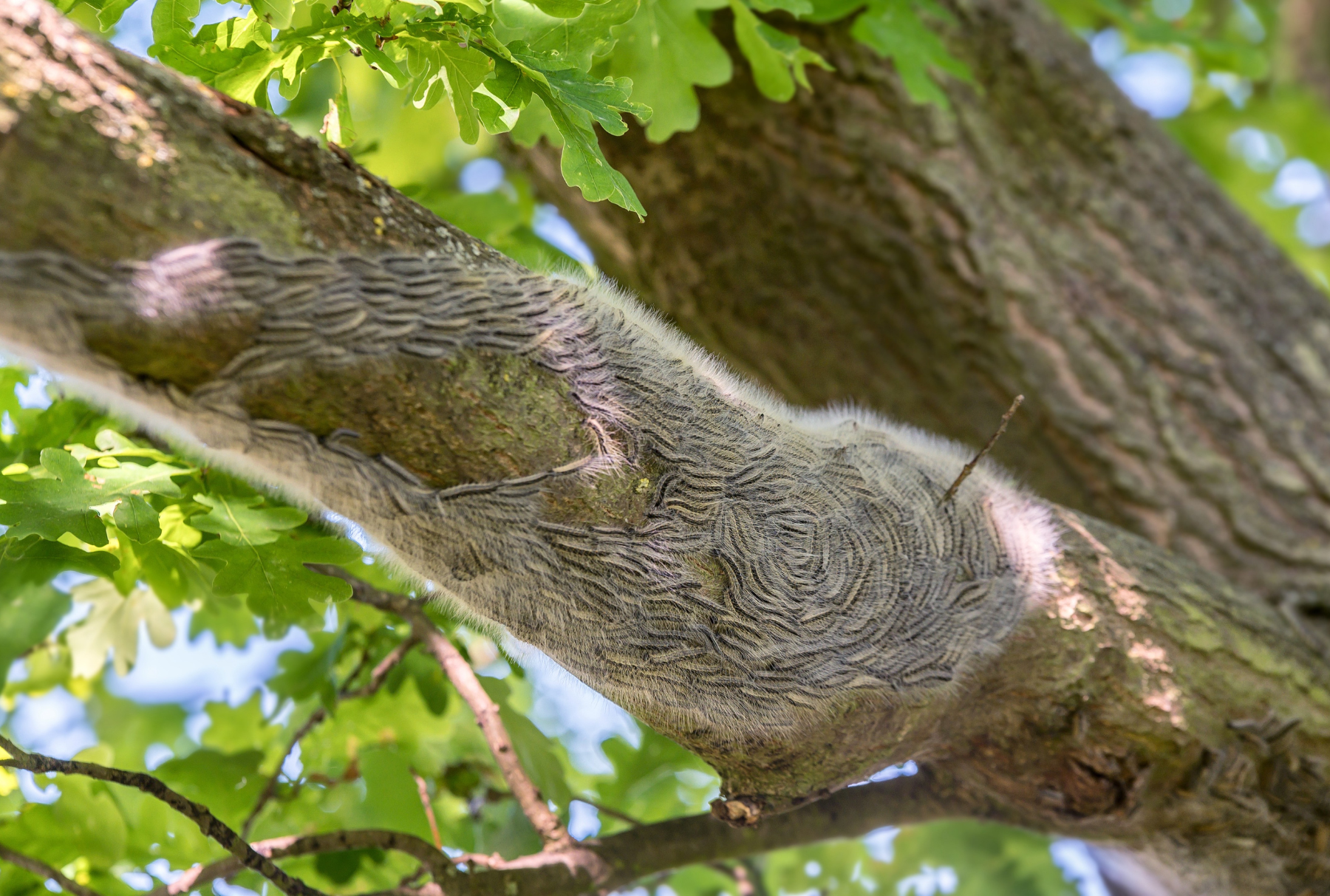Department for Environment, Food and Rural Affairs
Tackling the spread of tree diseases and plant pests within the UK through sharing robust mathematical models and bespoke computational statistical techniques
A changing climate and an increase in international trade are major factors that have driven the spread of tree diseases and invasive pests. This spread can have a devastating effect on the ecosystems of native woodlands and crops, which become damaged, and suffer from reduced biodiversity.
Newcastle University is collaborating with Defra (Department for Environment, Food and Rural Affairs) to:
- share data from current plant health problems
- provide ecological and plant health management expertise
- support two PhD projects with the School of Mathematics, Statistics and Physics
The Project
The cost of the rise in pests and tree diseases to the UK is more than just monetary. Since 1976, invasive species have bled between £5 billion and £13 billion out of the UK economy, while diseases such as ash dieback are predicted to cost the UK £15 billion. This pales when compared to the predicted 80% of UK ash trees that could be killed by this fatal disease, decimating one of our most recognisable native tree species.
It is vital that we develop a robust mathematical model to defend against these tree diseases and pests, before it is too late.

‘This project is essential for improving Defra’s understanding of where plant pest and disease spread may occur and, in the event of incursions, ensuring we are ready to manage pests and diseases to attain the best outcomes’.
Damage Limitation Contingency Plan
To tackle this problem, preparation is key. Mathematical and statistical modelling can play a vital role in understanding and predicting the spread of plant diseases and invasive plant pests. By working with mathematicians from Newcastle University, Defra is developing robust mathematical models of key tree diseases and plant pests within the UK.
The project’s work began with a case study of the oak processionary moth – a poisonous, invasive species dangerous to oak trees that was spreading throughout the London area. Using bespoke computational statistical techniques, the project was able to develop a temporal model capable of predicting the population numbers of the oak processionary moth in future years, given current control strategies remain the same. This work suggests that increased controls are necessary to halt population growth.
How it helped and future impact
Following the success of the initial models, the team are now developing a spatial version to understand more about the patterns of spread and predict when and where oak processionary moth will spread in the coming years
Thanks to our internationally recognised expertise, we deliver innovative solutions spanning research, training, funded placements and more. We’re here to help you solve the complex challenges of today, and tomorrow.
Innovate. Validate. Grow
Newcastle University Solve (NU Solve) has been helping businesses, public sector organisations and industries to find answers to complex challenges for more than three decades.
Through our internationally recognised expertise, we deliver innovative solutions spanning research, training, funded placements and more. We’re here to help you solve the complex challenges of today, and tomorrow. Discover more about our research.
